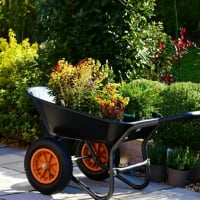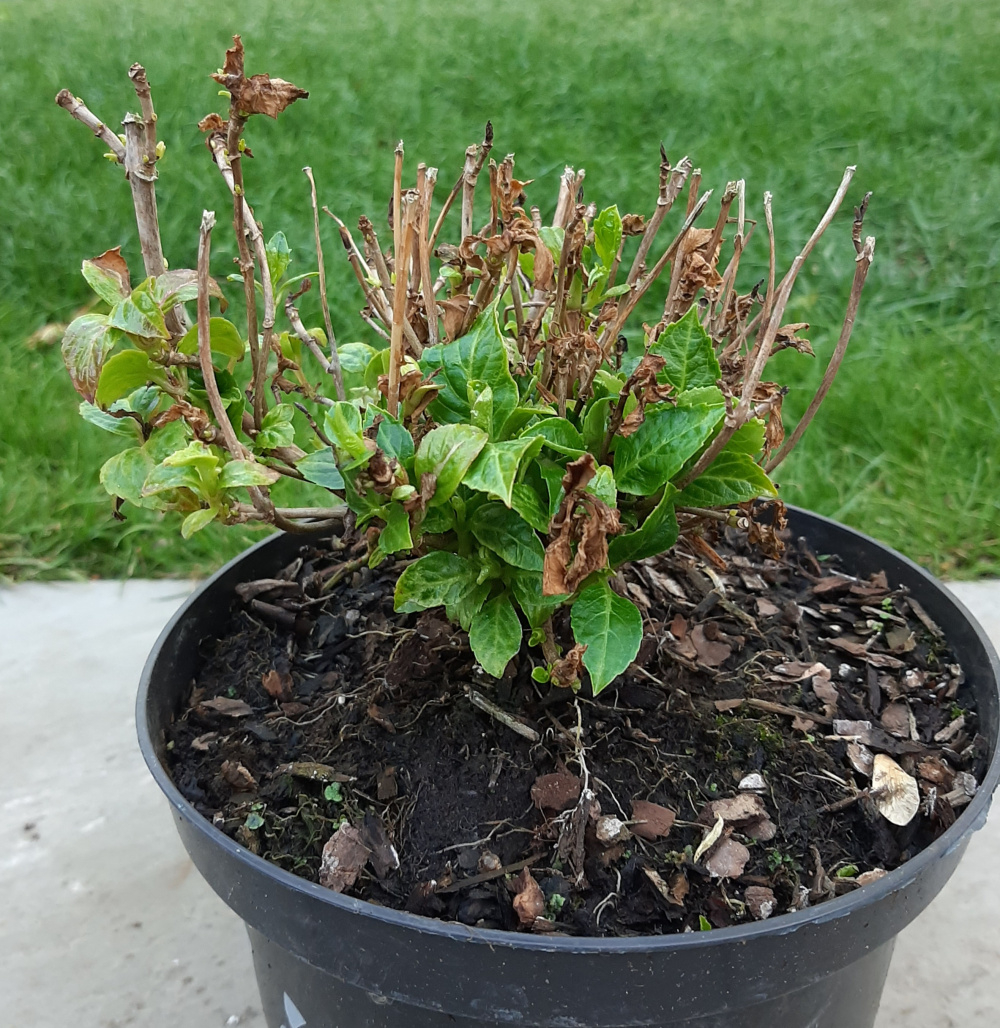This Forum will close on Wednesday 27 March, 2024. Please refer to the announcement on the Discussions page for further detail.
Small hydrangea frost bite?
 Elfer
Posts: 329
Elfer
Posts: 329
Looks like this little hydrangea got a bit of a frost bite. It's still alive as it looks healthy further down. I was going to repot and give it a clip but think doing both might be too stressful, would appreciate some tips from those with more knowledge and experience (I have neither).


0
Posts
Edit.... is that the roots showing on the surface? Definitely needs repotting then, preferably into the open ground, they’re big plants that like to grow to full potential.
It's a mophead macrophylla little blue which only grows to 60cm (2 ft). It is one of the most compact hydrangeas and I got it specifically to keep as a potted plant. Need to figure out pot size (currently in a 2.7L pot). I do have a nice glazed ceramic pot which is 27cm x 25cm (15L) which I think will be good for atleast the first year given that it's a compact variety. I am thinking of putting a couple of inches of bark instead of rocks at the base of the pot, apparently it helps to keep moisture, then add 2 inches of soil (to keep costs down) and fill up with erecreous compost. It's my first potting experience so would appreciate any tips and suggestions.